Want to succeed with your cuttings and encourage their rooting? Natural plant hormones for propagation by cuttings are perfect for stimulating root growth and increasing your chances of success. Some, such as willow water, are as effective as synthetic hormones. So why not favour natural methods? You’ll also save money while protecting the environment. Discover our homemade recipes and follow our practical tips to obtain vigorous cuttings.
Benefits of natural plant hormones for propagation by cuttings
Natural plant hormones for propagation by cuttings promote rapid root growth, thereby accelerating the rooting process of cuttings. In addition, they speed up healing after pruning. This way you can obtain new plants more quickly.
Using plant hormones for cuttings also increases the success rate of your cuttings. They stimulate formation of robust roots, reducing risk of failure.
Unlike so‑called synthetic hormones, they are natural and just as effective. They are therefore ecological and economical.
They are also suitable for a wide range of indoor and outdoor plants: bush, perennial or fruit plants, etc. They are particularly effective on semi-woody wood (branches that have recently changed from green to brown and are still a little flexible).
Some homemade recipes, such as those based on cinnamon or honey, have natural antifungal properties, protecting young cuttings against infections.
No more theory — here are the natural rooting plant hormones you can make at home. They are ranked from most reputed and effective to least common.
Willow water
Willow water (Salix) is the most frequently used natural rooting plant hormone. Indeed, willows contain salicylic acid and indolebutyric acid, which are excellent at stimulating root growth. Willow water therefore encourages rapid rooting. Moreover, its effectiveness is well established.
Ingredients :
- Pieces of young willow branches (all willow varieties except goat willow)
- Rain water.
Quick willow water recipe :
1- Collect willow branches, preferably young shoots as they are richer in growth hormones.
2- Chop them into small pieces and crush them with a hammer to help extract the hormones.
3- Place pieces in a container and add two volumes of rain water to one volume of branches.
4- Let the pieces soak for 24 to 48 hours at room temperature.
5- Filter the willow water and soak cuttings in it for a few hours or overnight before planting. You can also use willow water to water your cuttings during first weeks after planting.
This solution keeps in an airtight container in the fridge for about a month.
Alternative : extended maceration
This method allows extraction of a larger quantity of active compounds and offers a higher success rate for cuttings.
1- For this stronger version, place cut pieces of branches (not crushed) in a container and add room-temperature rain water.
2- Let macerate for at least 3 to 4 weeks, stirring occasionally.
3- You will obtain a viscous, brownish liquid. Coat bases of your cuttings with this liquid, then plant them.
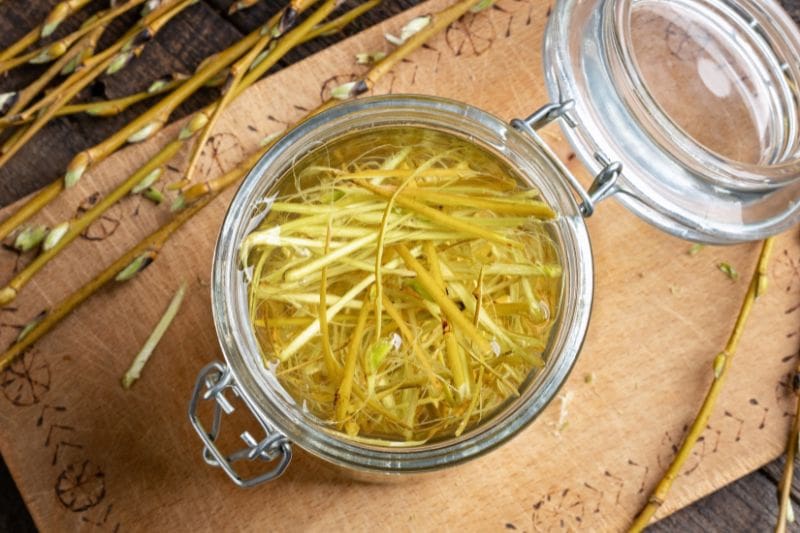
Blackberry water
Blackberry water (or bramble), like willow water, contains natural growth hormones (including indolebutyric acid) that can stimulate rooting of cuttings. Perfect for improving success rate of cuttings.
Required ingredients
- Pieces of roots or young branches of blackberry (Rubus spp.)
- Rain water
Preparation
1- Collect roots or young blackberry branches. Rinse roots in clean water.
2- Cut them into pieces of about 5 cm.
3- Place pieces in a container and add rain water (2 cups water to 1 cup branches). Let macerate for 24 to 48 hours at room temperature.
4- Filter, then let cuttings soak in the blackberry water for a few hours before planting. Use remaining blackberry water to water cuttings over following days.
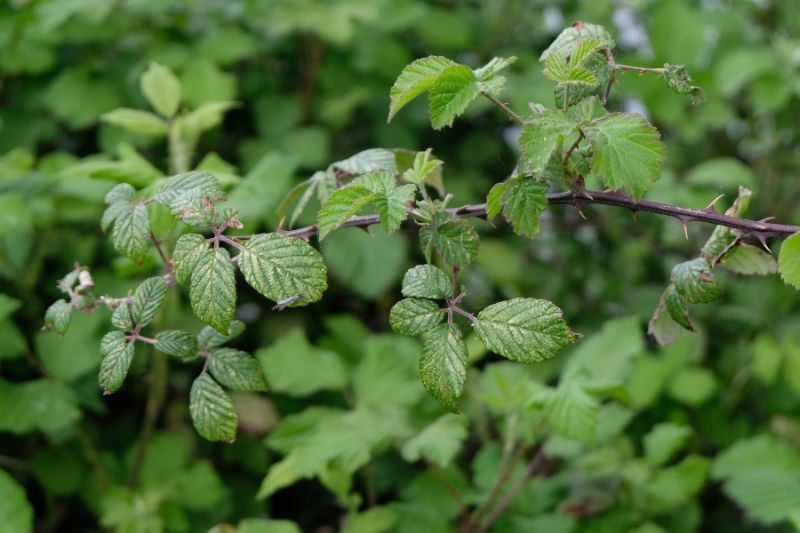
Honey
Honey has natural antibacterial and antifungal properties. Applied to plants, honey can help protect cuttings against infections that might enter via the cut. It may also contain enzymes that could stimulate root growth, although this has not been scientifically proven.
1- For this method, use unpasteurised honey.
2- Simply dip the cut end of the cuttings into the honey.
3- Plant the cuttings in prepared compost.
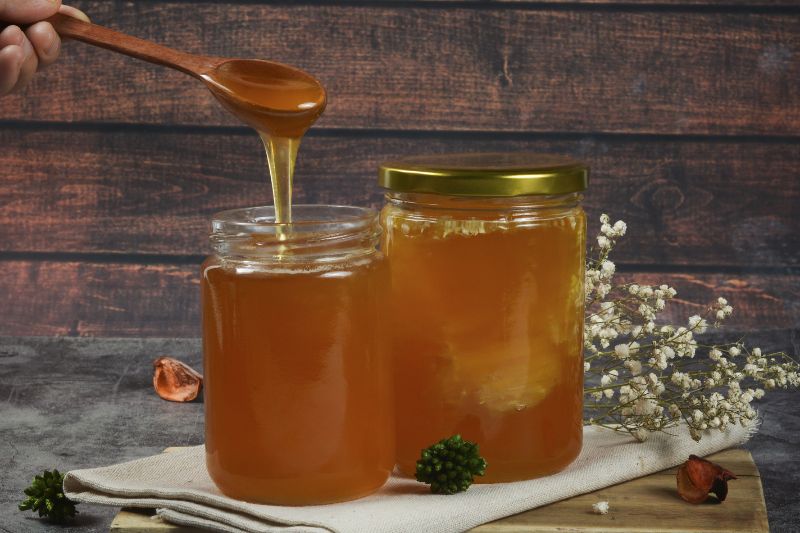
Cinnamon
As with honey, cinnamon is used for its antifungal and antibacterial properties, helping protect cuttings from infections. This helps increase success rates by preventing disease; however, cinnamon will not accelerate root development.
Cinnamon infusion
1- Boil one litre of rain water and add two tablespoons of ground cinnamon.
2- Let infuse for about one hour.
3- Filter mixture to remove cinnamon particles and obtain a cinnamon infusion.
4- Once infusion is at room temperature, soak cuttings in it for one hour.
5- Plant your cuttings in pots. Use remaining cinnamon tea to water freshly planted cuttings, repeating for a few days.
Alternative: ground cinnamon
1- Slightly moisten cut end of cuttings by dipping in water.
2- Roll cut end of cuttings in ground cinnamon to coat the cut area thoroughly.
3- Plant your cuttings in a suitable growing medium.
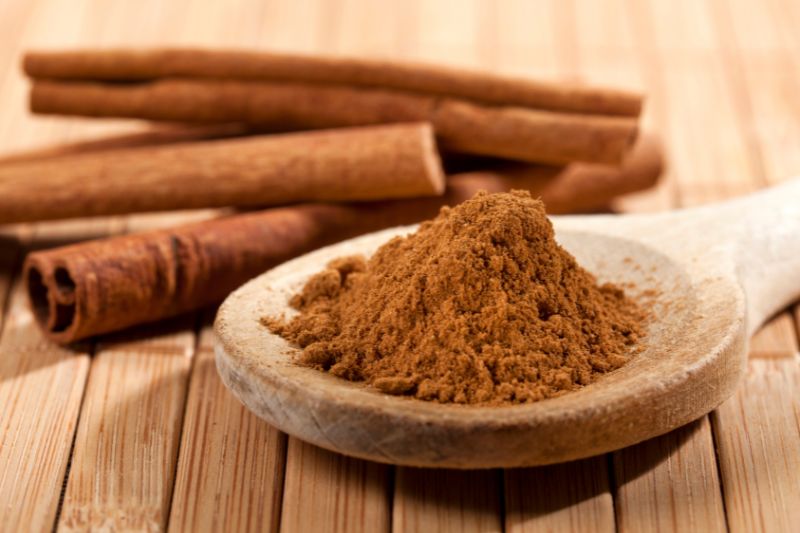
Practical tips for successful cuttings
Choose healthy cuttings
For your cuttings, choose vigorous, healthy stems, free from disease or pests and preferably without flowers. Current‑year stems, with wood still green or semi-woody stems (wood that turned brown recently), offer higher chances of success.
Prepare cuttings and tools correctly
Before cutting, disinfect your pruning shear to avoid spreading disease between plants. Cut just below a node (point on stem where leaves emerge), then remove lower leaves to prevent rot.
Plant in an appropriate growing medium
To encourage rooting, plant cuttings in a light, well‑draining medium. Use a mix of seed compost, river sand and perlite to create an ideal environment for new roots.
Maintain constant humidity
Cuttings require constant humidity to root properly. Cover cuttings with a plastic cloche, a plastic bottle half, or a clear plastic bag to create a greenhouse effect that maintains high humidity. Ensure bag does not touch leaves by using sticks to keep it away. Ventilate every 2–3 days for a few minutes to prevent mould formation.
Choose the right time
Spring and summer (especially August) are best times to take cuttings. Plants are actively growing then, which favours rooting, and temperatures are mild.
Find the right location
Place your cuttings in a bright spot, but sheltered from direct sun.
To learn more about propagation by cuttings
Also discover our articles:
- Propagation by cuttings: everything you need to know about different techniques and our advice
- Rooting activators — what are they?
- All our articles on cuttings.































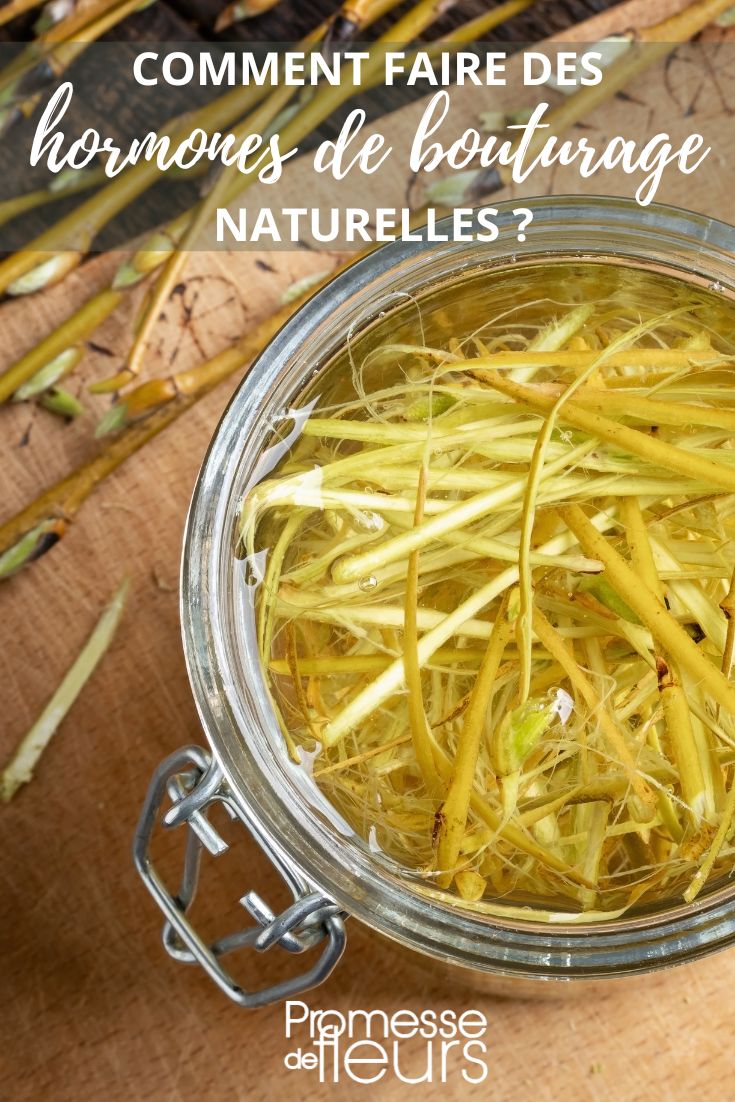
Comments